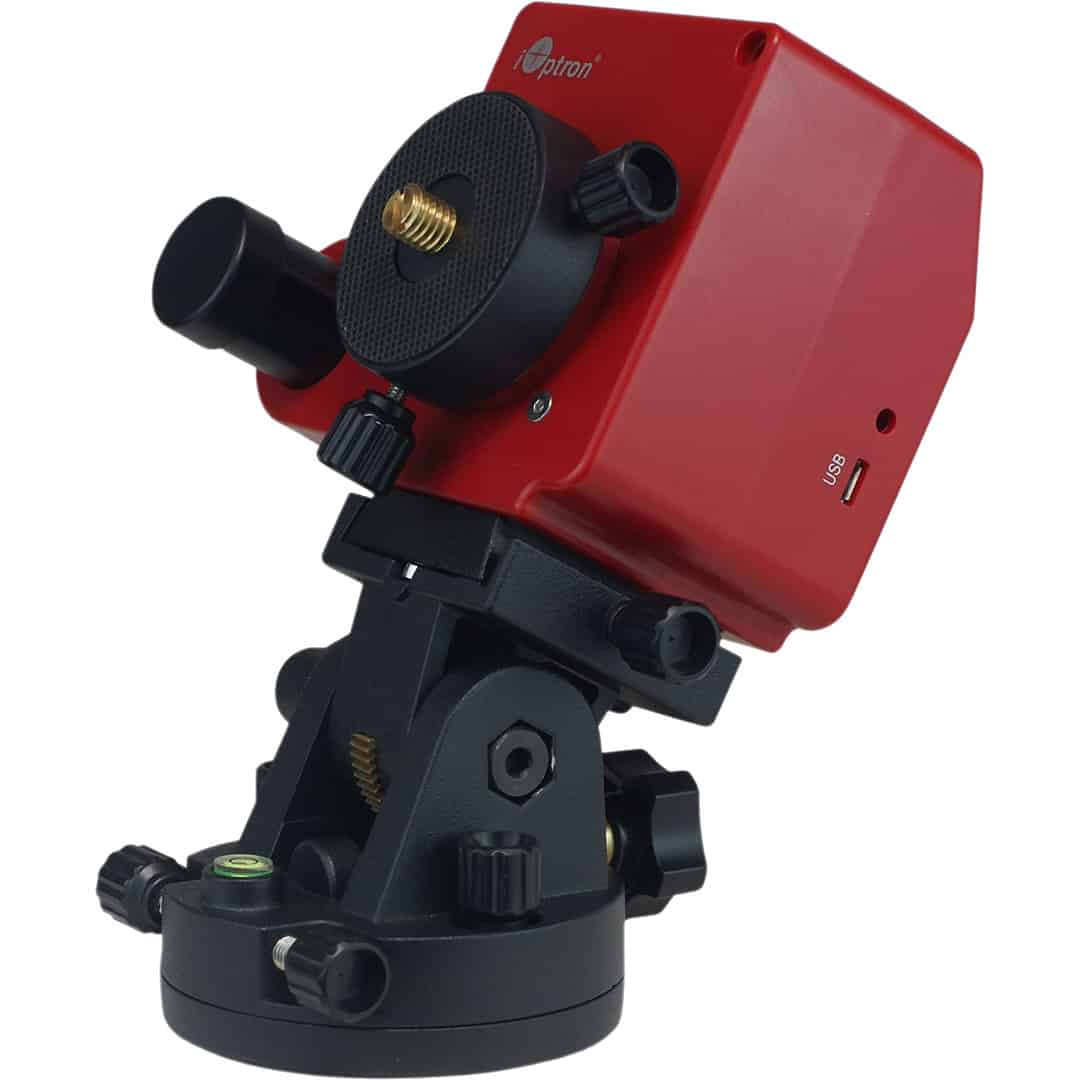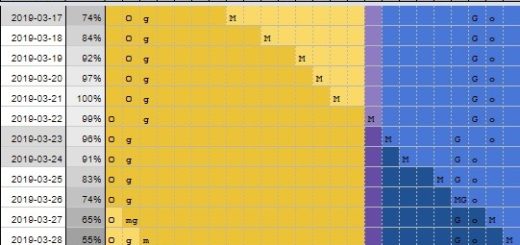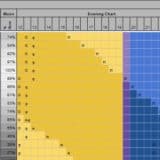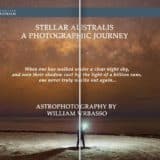How to polar align (“Apus” method)
by admin · June 25, 2020

INTRODUCTION
There is no shortage of methods for polar aligning your mount (for southern hemisphere). I've used some of the methods, but in the end I settled on a method that works for me and is practical. I can often achieve polar alignment in less than 1 minute, which is advantageous for nightscape photography with a tracking mount where you might be shifting positions multiple times in a night. I use the same method whether it is aligning my small tracking mount that I use for nightscapes (i.e. just camera and lens), and for the heavy NEQ6 mount I use for my telescope.
I've called my method the "Apus" method as the key is to locate the head of the constellation Apus through the polar scope in order to determine where you are in the sky. This may seem a strange thing to say to beginners - but once you look through a polar scope and behold loads of dim stars in your field of view, you can begin to understand how you can get lost. What the stars look like "on paper" or on a planetarium can be quite different to what you see through your scope. You then search and search but can never find a recognisable pattern of stars because they are lost amongst all the other stars - hence the aim to locate where you are in the sky.
WHY THIS METHOD?
Well, for starters, alot of methods say - "find Sigma Octans". Its located in the southern sky, how hard can it be? Well, it turns out its bloody hard. At magnitude 5 its only visible in dark skies, and its lost amongst similar bright stars.
Secondly, alot of polar scopes have nice little etchings that you can use to align with Octans. You can't see it at night time, which is why they usually come with a red light. Great - but whenever I've turned the light on it blinds me and I can't see anything. And this all supposes you've aligned the tracker close to the SCP to begin with.
This method is based on just finding a easily recognisable bunch of stars in the sky, and just following a line of reasonably bright stars that point to where Octans is. Easy.
PRE-REQUISITES
You must have a tracking mount with some polar scope.
Step 1 - Setup your tracking mount
- Set up your tripod such that it is mostly level (doesn't have to be completely level)
- Set up your tracking mount on your tripod
- Make sure your tracking mount is set for the southern hemisphere (so tough luck if you are in the northern hemisphere - you have Polaris so don't complain). Leave your mount off for now.
- Set your angle of elevation for the tracker to your angle of latitude (doesn't have to be accurate, just close)
- If you model requires you to attach your polar scope, then do so.
Basically, just set up your tracking mount ready to go. Typically, once you have set your tracker to southern hemisphere and roughly angle of elevation, you don't really need to worry about them.

Step 2 - Align your tracker "roughly" to SCP
- Locate the constellation Crux (southern cross) and Alpha and Beta Centauri in the sky
- With your eye, draw an imaginary line along the vertical axis of Crux and a perpendicular line to the the Alpha / Beta Centauri pair (refer diagram right)
- Align the tracker roughly where the two imaginary lines intersect (no need to look through polar scope yet).
The aim of this step is to get the tracker aligned to the "patch" of sky near the South Celestial Pole (SCP). By getting it close to the area it will reduce how long we will be searching the sky for the Apus constellation.

Step 3 - Find the head of Apus
- Look through your polar scope and...
- Adjust the altitude (elevation) and azimuth (left-right) to scan the sky in the vicinity of where you have roughly aligned your tracker
- Your are looking for three bright stars. They will appear like this in the polar scope (refer right). Note that they may be at any rotation depending upon the time of year.
TIP: I look at Stellarium before hand to determine the orientation of Apus in the sky so I recognise it quicker. Its not required but it helps.
This can be the tricky bit. Looking through the scope whilst moving the tracker left and right and up and down to find three bright stars. However, at night they after nautical twilight they clearly stand out from the background of other stars. Once you have found these stars, you are almost home - the rest is easy.

Step 4 - Follow the tail to find Sigma Octans
- Now whilst still looking through the polar scope, you want to move the tracker and find four slightly less bright stars that form what I call the tail.
- Just follow the yellow arrows, then the red arrow is a leap to Sigma Octantis (Polaris Australis) - in a white circle on the diagram.
- I can usually identify Sigma Octans in that it forms a triangle (or trapezium depending upon how many stars are visible at the time of night)
- ...almost done.
I highly recommend installing and running the freeware Stellarium and follow this procedure using it. It will get you familiar with the concept.

Step 5 - Fine tune to SCP
- Now Sigma Octans is not quite where the SCP is (although for most purposes for nightscape this is close enough)
- The stars right up close to SCP you'll be struggling to see, even in dark skies, even through a polar scope
- But all that is required is to roughly judge the distance, I use the length of the "triangles" and follow the direction that the "triangle" is pointing to (see diagram.
- And thats it, done.
This is accurate enought that I can to 10 minute exposures with an 840mm telescope with no trailing (well, due to poor alignment at any rate - there are many other reasons you can get trailing).
Good luck.












